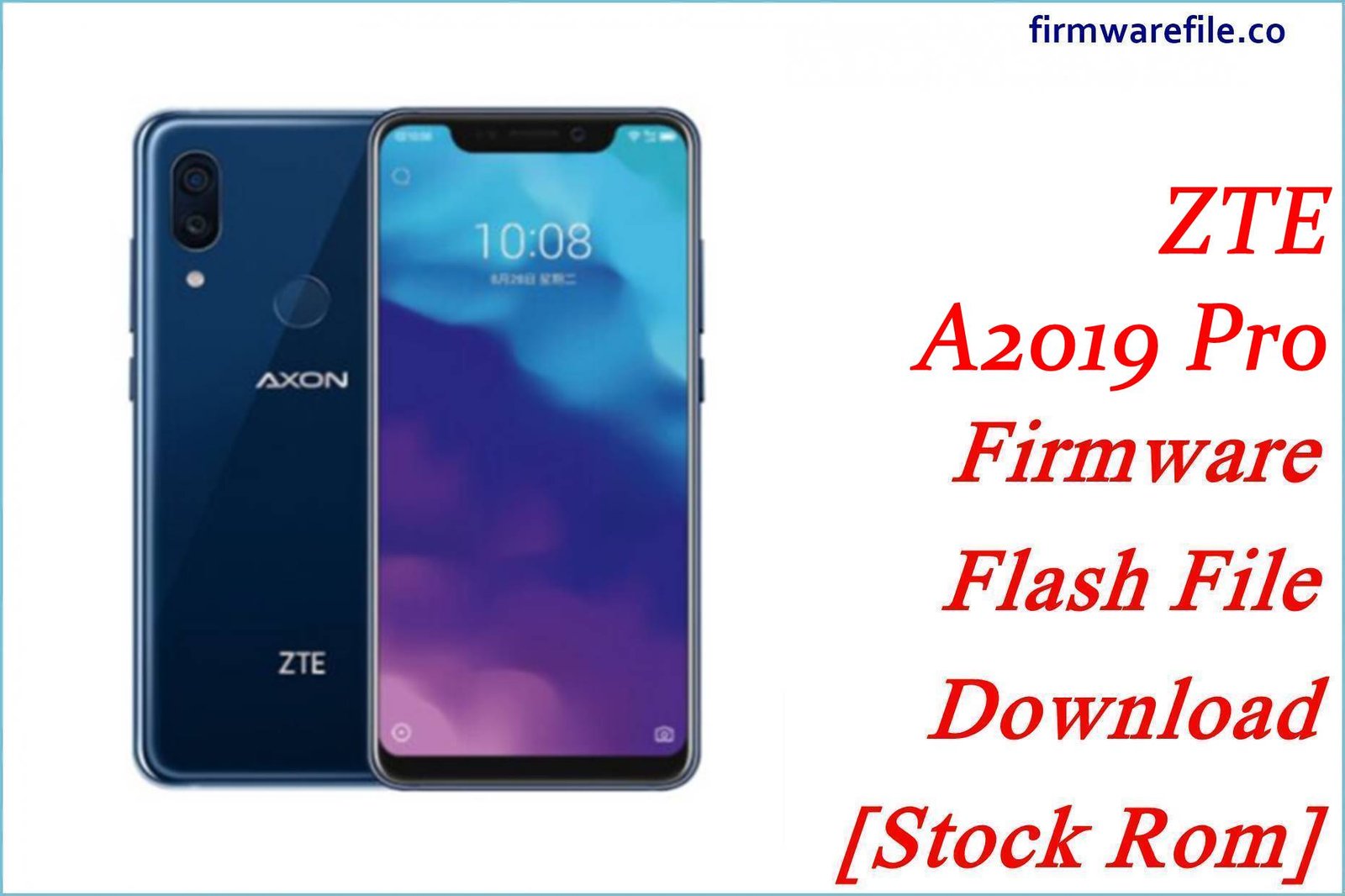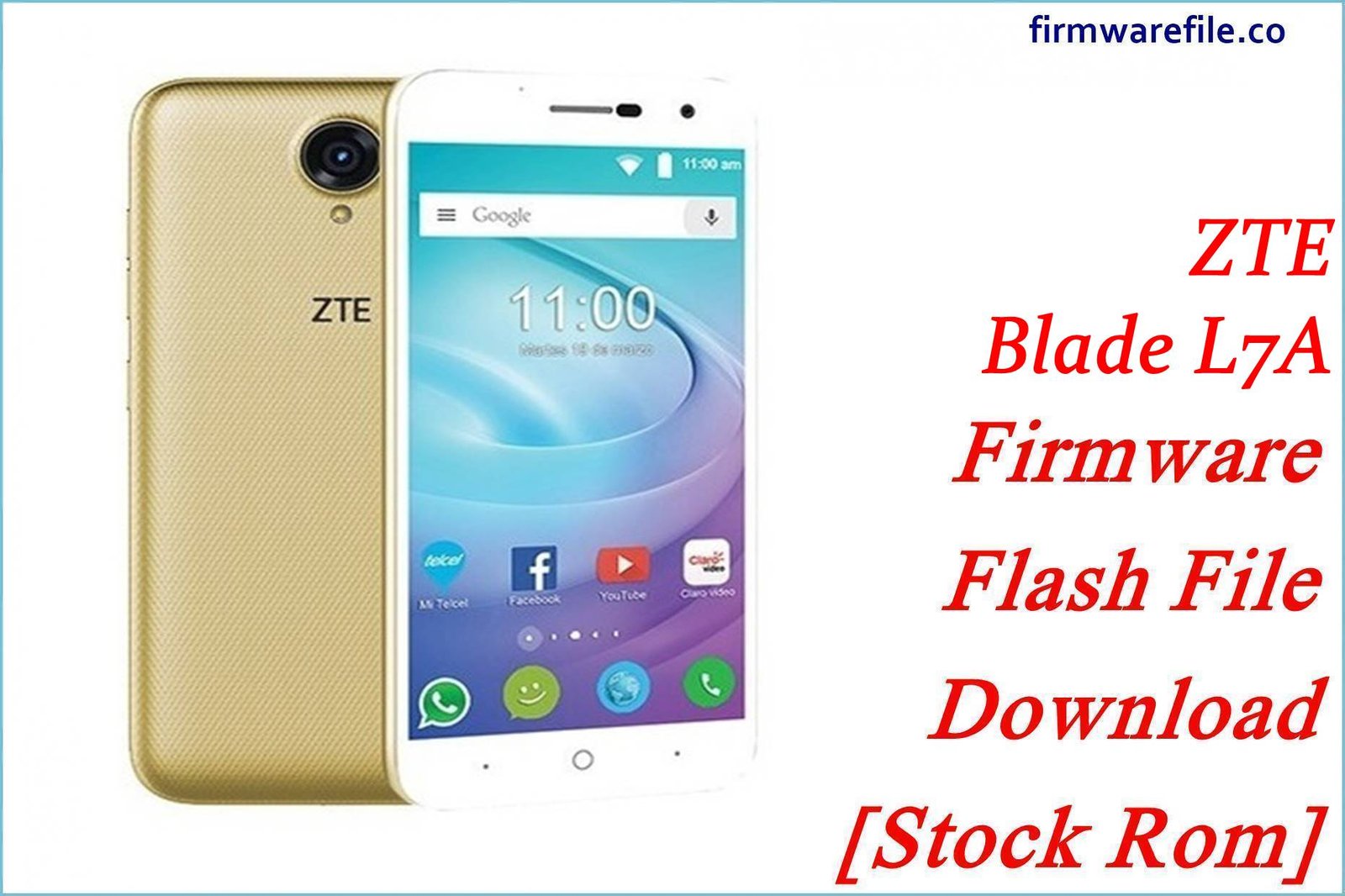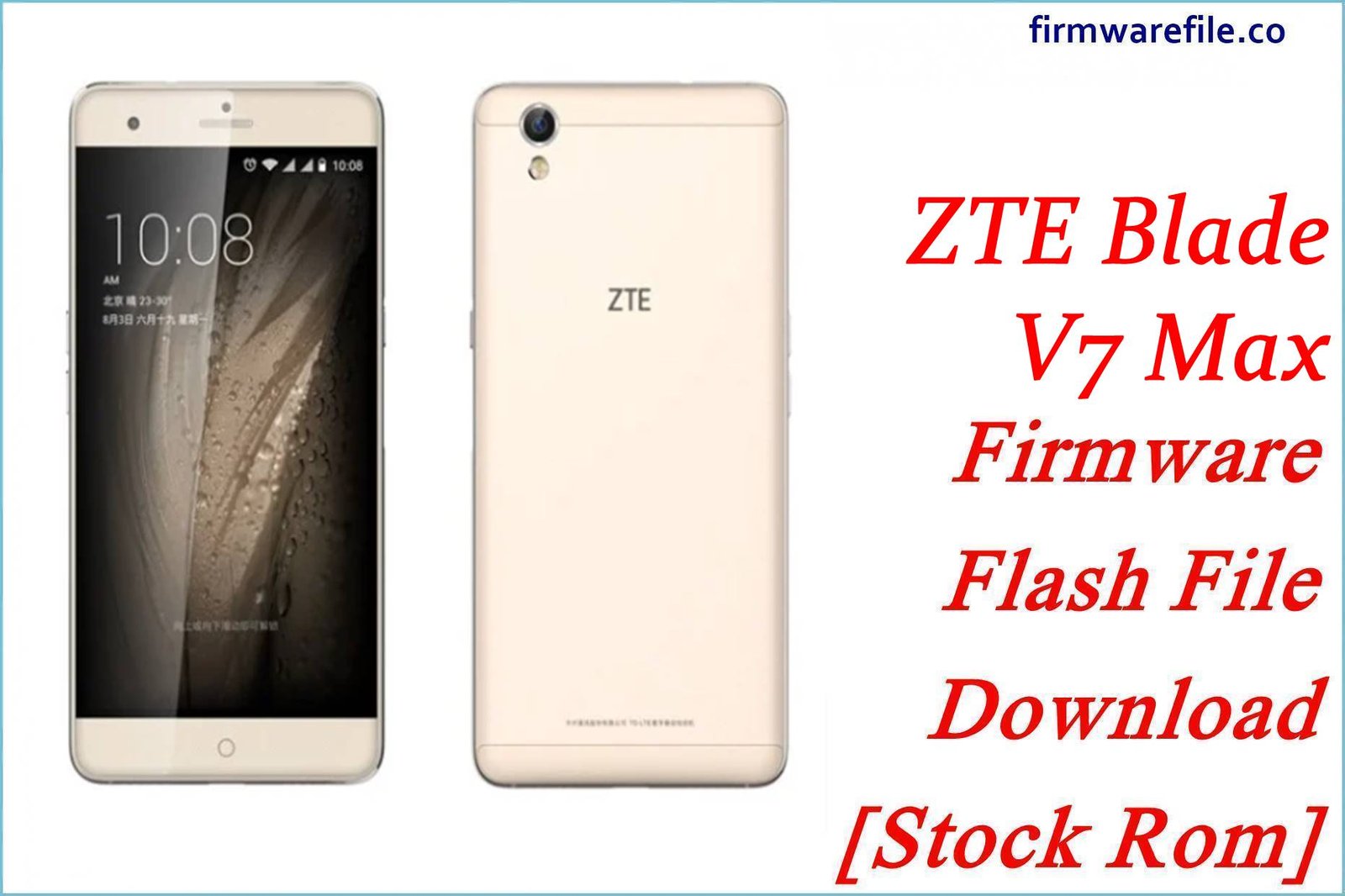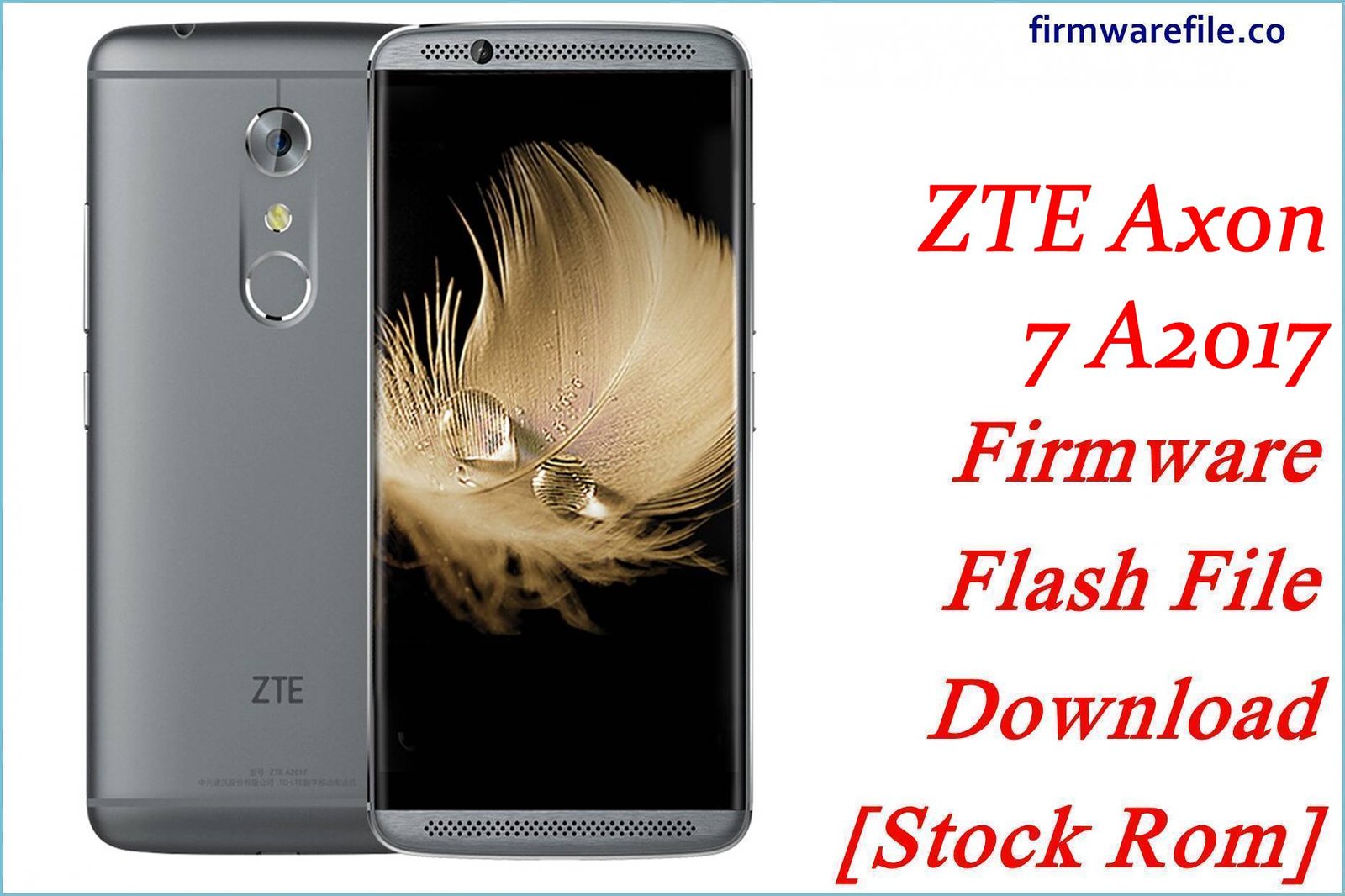ZTE Axon 10 Pro (A2020, A2020G) Firmware Flash File Download [Stock Rom]
The ZTE Axon 10 Pro (models A2020, A2020G) is a premium flagship smartphone from 2019, highly regarded for its powerful Snapdragon 855 chipset and vibrant AMOLED display. This page provides official stock firmware for various regions, including Europe (EU) and Russia (RU), which can be used to unbrick a device, downgrade from a newer Android version, or resolve critical software issues.
Important Note: This device is powered by a Qualcomm Snapdragon 855 chipset. The restoration process requires the use of the QFIL (Qualcomm Flash Image Loader) tool and booting the device into EDL Mode. Please ensure you download the correct firmware for your device’s region.
Quick Device Specs
- Device
- ZTE Axon 10 Pro (A2020, A2020G)
- Release year
- 2019
- Chipset
- Qualcomm Snapdragon 855
- Display
- 6.47″ AMOLED, HDR10
- Battery
- 4000 mAh (Non-removable)
- Memory
- 6GB/8GB/12GB RAM + 128GB/256GB storage
- Camera
- 48MP + 20MP + 8MP triple rear, 20MP front
- OS
- Android 9.0 (Pie), upgradable to Android 11
Required Downloads
| File / Tool | Download Link |
|---|---|
| QPST (QFIL) Tool | Download QPST Tool |
| Qualcomm USB Drivers | Download Drivers |
Stock ROM & Firmware
Note the Android version difference. Downgrading is possible but requires a full data backup as it will wipe the device.
| Version | Android | Region | Type | Download | Size |
|---|---|---|---|---|---|
| V2.1 | 10 | Europe (EU) | QPST | Download | ~3.3 GB |
| V2.0 | 9.0 (Pie) | Russia (RU) | QPST | Download | ~3.2 GB |
Quick Flashing Guide
- Download and install the Qualcomm USB Drivers and the QPST Tool on your PC.
- Extract the downloaded firmware ZIP file to a folder on your computer.
- Power off your Axon 10 Pro and boot it into EDL Mode by holding the Volume Up + Volume Down buttons while connecting it to the PC via USB-C cable.
- Launch QFIL, load the firmware files (`prog_…mbn` and `rawprogram/patch` XMLs), and click the “Download” button to begin flashing.
For a complete, step-by-step tutorial with screenshots, please refer to our definitive guide:
How to Flash Firmware on Qualcomm Smartphones with QFIL
FAQs
Q1. Will this work on the 5G version of the Axon 10 Pro?
No. The Axon 10 Pro 5G is a different hardware variant. This firmware is strictly for the standard 4G model (A2020/A2020G). Flashing this on the 5G model will not work and will likely brick it.
Q2. Can I flash the EU firmware on my Russian model (or vice-versa)?
It is strongly discouraged. Cross-flashing regional firmware can lead to modem issues, causing a loss of network signal (“No Service”). It is always best to use the firmware that matches your device’s original region.
Q3. Can I use the Russian Android 9 firmware to downgrade from Android 10 or 11?
Yes, using the QFIL method with a full firmware package is the standard procedure for downgrading the operating system. However, you must back up all your personal data before starting, as the flashing process will completely wipe the phone’s internal storage.
Q4. What is EDL Mode?
EDL (Emergency Download) Mode is a special low-level boot mode on Qualcomm devices. It allows tools like QFIL to directly access the phone’s storage, bypassing a corrupted or non-booting operating system, which makes it essential for unbricking a device.
Troubleshooting (ZTE Axon 10 Pro)
- QFIL shows “No Port Available” or gives a “Sahara/Firehose” error: This is the most common flashing issue and is almost always caused by a driver problem. Reinstall the Qualcomm 9008 drivers, check Windows Device Manager to ensure the device is recognized, and use a high-quality USB-C cable.
- Device is stuck on the Axon logo after flashing: The first boot after a full flash can be very slow (up to 20 minutes for a flagship). If it is still stuck, boot into recovery mode (hold Volume Up + Power from off) and perform a “Wipe data/factory reset”.
- No network signal after flashing: This can occur if you have flashed firmware from a different region on your device due to incompatible modem configuration files.
- In-display fingerprint sensor not working: After a successful flash and setup, if the fingerprint sensor is unresponsive, the first step is to try a factory reset from recovery. If the issue persists, it could indicate a hardware problem, though this is rare.







